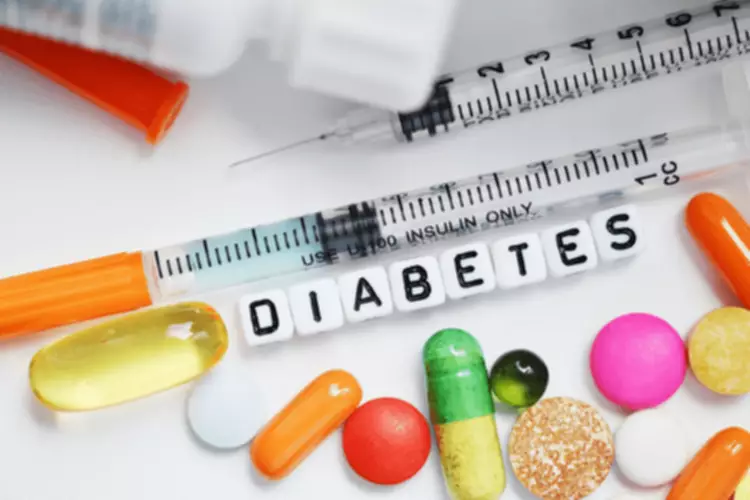
Even combination treatment of alcohol with other insults did not recapitulate the full spectrum of human ALD in mice. Many factors may contribute to the resistance of severe ALD in mice, including but not limited to much faster ethanol metabolism, low neutrophil count, and lack of the key neutrophil chemokine CXCL8 (IL-8) and CXCL6 in mice (189). Mice with genetic modification of these factors should be tested for ALD. In addition, combination of alcohol with different diets in preclinical models should be tested, which may identify dietary factors that play an important role in ALD. In addition, the recent advances in rapid in vivo multiplexed editing of the adult mouse liver using CRISPR/caspase-9 will likely help to identify how different systems interact in ALD in preclinical models (190).
- Participation in an alcohol use disorder treatment program can help you achieve this important goal.
- Alcoholic hepatitis occurs when the liver becomes damaged and inflamed.
- As the liver no longer processes toxins properly, a person will be more sensitive to medications and alcohol.
Hepatic Alcohol Metabolism
If you develop alcoholic hepatitis, you may be able to reverse the damage alcoholic liver disease by permanently abstaining from alcohol. Treatment also involves dietary changes and medications to reduce inflammation. There are often no notable symptoms in the early stages of alcohol-related liver disease.
- Because most lipids in hepatocytes are stored in lipid droplets, these organelles must first be degraded to extract the lipids for their subsequent oxidation.
- It binds to gene promoter regions that are relevant to alcohol-induced liver injury and steatosis.
- Chronic, excessive alcohol use promotes liver damage via increased oxidative stress, toxic acetaldehyde production, and immune system activation.
- Catalase normally carries out the detoxification of hydrogen peroxide (H2O2) to water and oxygen.
- With the CAGE questionnaire, two positive answers indicate alcohol dependence with a sensitivity of more than 70% and specificity of more than 90%.
Alcoholic Liver Disease: Pathogenesis and Current Management

After stopping drinking, which is the first step in any treatment of ALD, an assessment will be made as to the extent of the damage and the overall state of the body. At times, it may become necessary for a healthcare provider to talk with friends and relatives of the person with suspected ALD to establish the amount of alcohol consumed, as it may be difficult for the person to self-assess. Most people will not experience symptoms in the early stages of ALD. Some may experience mild pain in the upper right side of the abdomen.
Multiplex immunofluorescence staining analysis of ALD.
If you do have symptoms, they may include pain or discomfort in the upper right side of your abdomen, fatigue, or unexplained weight loss. The life expectancy of a person with alcoholic liver disease reduces dramatically as the condition progresses. Typically, only people who can show at least 6 months of abstinence from alcohol before the procedure will be suitable candidates for a transplant. Quitting alcohol and treating this condition early on is the best way for a person to increase their chances of reversing or slowing the disease. If a person experiences changes in the genetic profiles of particular enzymes that are key to alcohol metabolisms, such as ADH, ALDH, and CYP4502E1, they will have a higher chance of developing alcoholic liver disease.
Management of alcohol withdrawal
According to a 2015 study of people hospitalized with alcohol-related liver disease in Sacramento, California, Hispanic people tend to develop the condition at a younger age than African Americans or people who are white. However, people with different genetic backgrounds or those with preexisting metabolic conditions may be more likely to develop the condition earlier than others, even with lower alcohol consumption. A standard alcoholic drink contains about 14 grams (g) of pure alcohol. Research shows that in many cases, people with alcohol-related cirrhosis have a history of drinking between 30 to 50 g (about 2 to 3 drinks) and 100 g (7 drinks) daily or more. To be considered for a liver transplant, patients must remain abstinent from alcohol prior to transplantation surgery. The purpose of this is to ensure that patients are able to maintain abstinence and are likely to remain abstinent after the transplant surgery.

Patients with advanced cirrhosis should be considered for liver transplantation, provided they are verifiable abstainers. Polymorphisms for TNF-α co-responsible for an increased risk of liver disease have been discovered in a similar way33. For the time being, though, we do not know how to make use of this new knowledge in routine practice. For practical purposes, alcohol intake is rated by the count of “drinks”. The National Institute on Alcohol Abuse and Alcoholism defines a standard drink as g of alcohol, which corresponds to approximately https://ecosoberhouse.com/article/how-marriage-changes-after-sobriety/ one drink of 40% spirit, one glass of wine or one 0.33 l (12-oz) beer. Hence, a “safe” daily intake of alcohol should not be more than two “drinks”.

Symptoms and Signs of Alcohol-Related Liver Disease
- Absolute abstinence is essential to consider any treatment for alcoholic liver disease.
- Central to hepatitis development is the activation of KCs, the resident liver macrophages.
- The early stages of alcohol-related liver disease can potentially be reversed by abstaining from alcohol.
- As a result, transplantation candidates with ALD often are screened for common malignancies and must undergo a formal medical and psychiatric evaluation.
Recidivism is most likely to be reported after 2 years of LT with the majority of recidivists reporting intermittent use of alcohol ( 155,167 ). Patients with harmful use of alcohol after LT have 10-year survival rates 45–71%, compared with 75–93% among abstinent patients or those with occasional slips ( 168–171 ). Self-reported alcohol use is often unreliable ( 159,172 ), and biomarkers of alcohol consumption can help in identifying patients with ongoing alcohol consumption (please refer to the section on ‘Diagnosis of AUD’). Physical examination of patients with alcoholic fatty liver usually demonstrates only mildly tender hepatomegaly which rapidly resolves with abstinence. AST and ALT elevations are minimal (with AST typically greater than ALT) and γ-glutamyl transpeptidase may be elevated, but the serum bilirubin and International Normalized Ratio (INR) are typically normal.

Pathogenesis and therapeutic targets of ALD

Patients with steatosis are usually symptom-free; they may have slightly elevated liver function tests and enlarged liver (both Alcoholics Anonymous are often discovered accidentally during examination for other reasons). The transplant evaluation is thorough and strict, and the rules for receiving a transplant can vary by region. Many factors can be used to make a decision about your transplant candidacy, and these factors aren’t limited to only medical needs.
